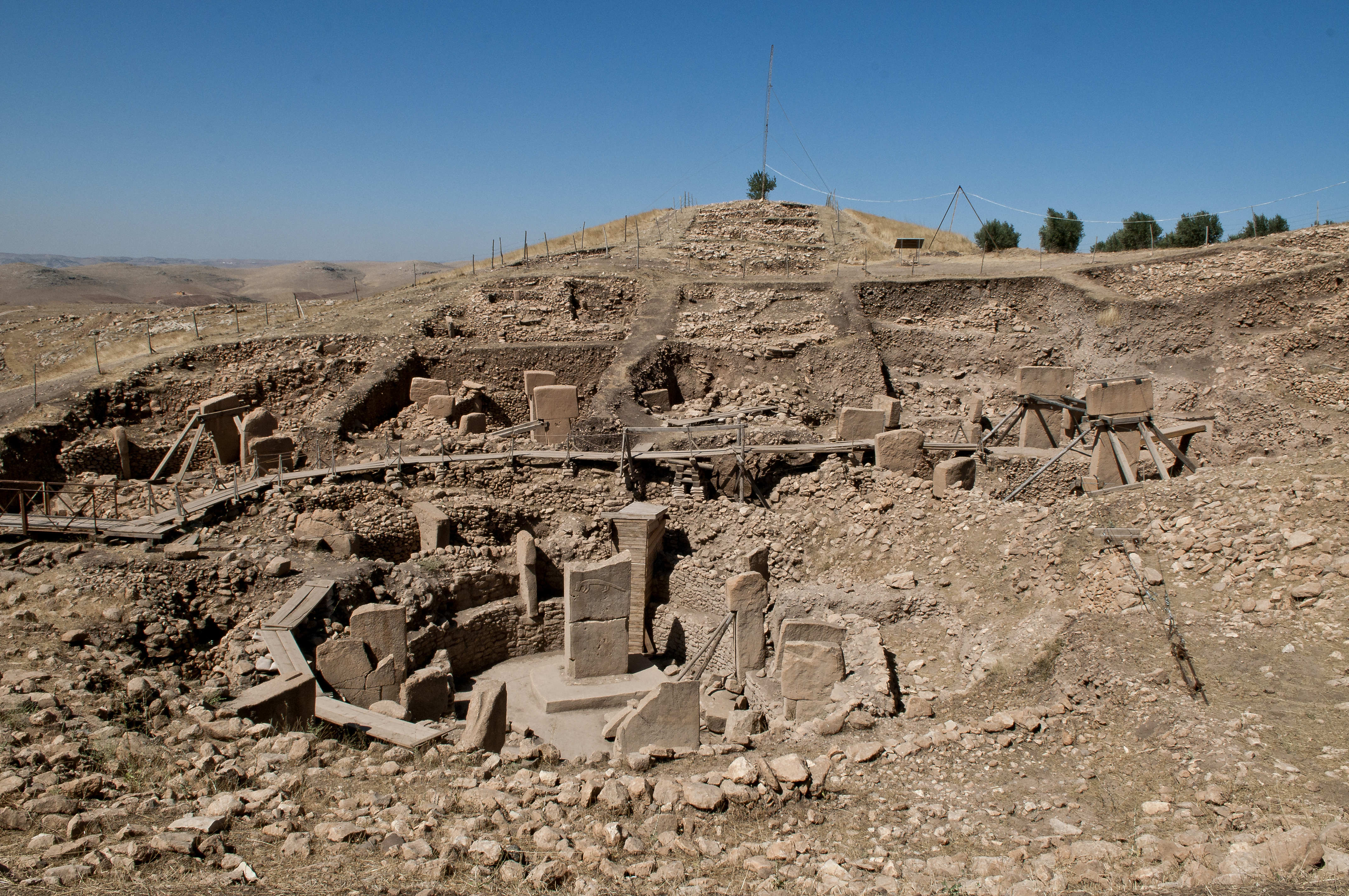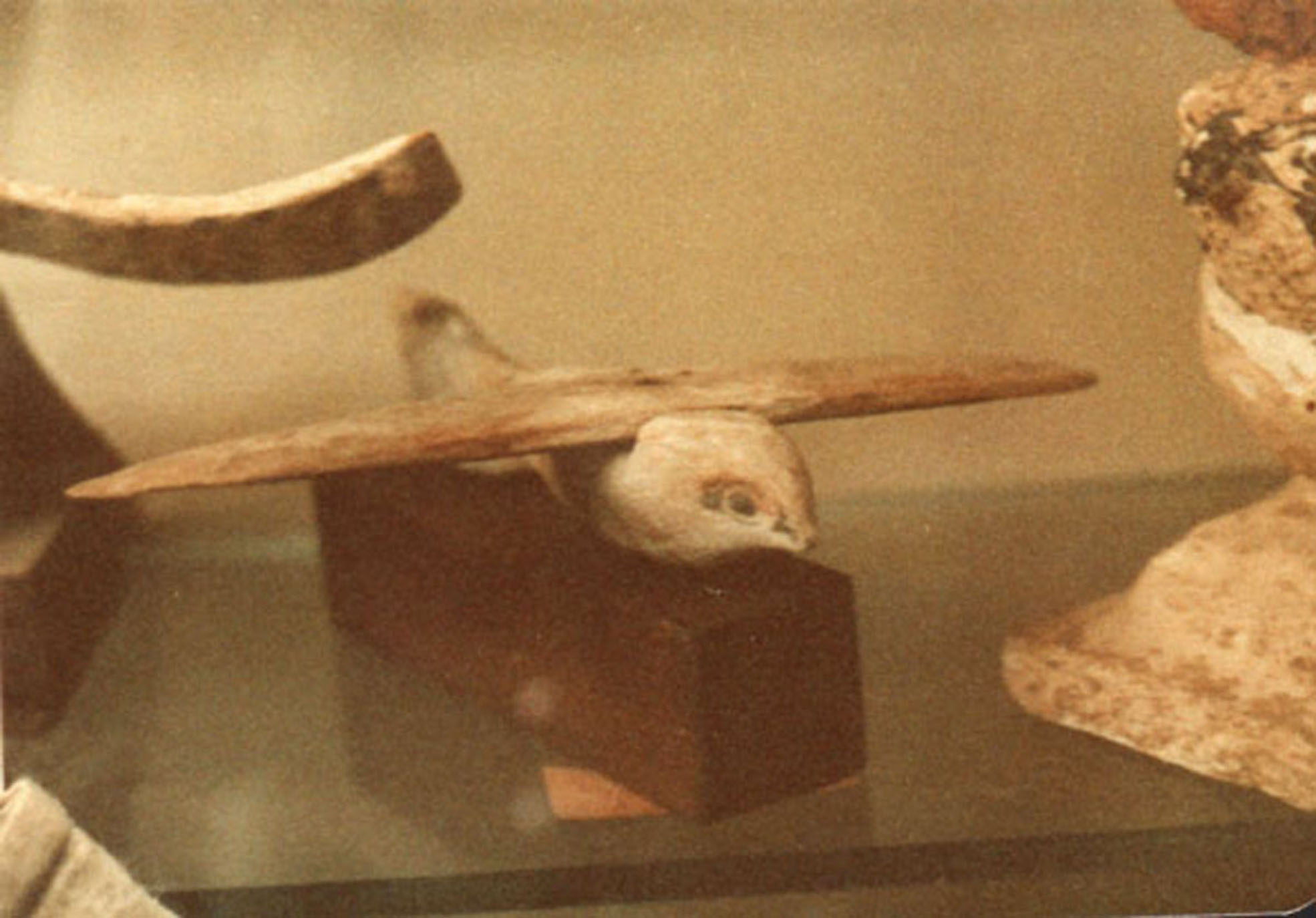Advanced Ancient Technology
Ancient Tolima Quimbaya Airplanes?
Some years ago in Columbia, many small ancient gold artifacts believed to be related to the Quimbaya Civilization of 1000 C.E. were found. Of the hundreds of gold artifacts depicting what appears to be various animals, there were about 12 artifacts that looked surprisingly like modern day aircraft.
Some skeptics argue that these plane-like figurines are actually depicting certain types of fish, which are obviously naturally hydrodynamic. This is a plausible possibility, but what is striking about these figurines are the large vertical tails that are triangular on the top side and have no reciprocating symmetry on the bottom like the tails of most fish. A plane with a proportionally large vertical tail would inherently have exceptional stability, especially when considering the other aerodynamic aspects of the figurines. Additionally, the these figurines are horizontal tail wings with a symmetry very similar to modern planes. And then there are the proportionally large delta wings that don’t fit any known fish.

(Artifact image owner: Museo Del Oro, Bogota, Columbia)
In 1994, Germans Peter Belting and Conrad Lubbers created large scaled working remote radio controlled versions of two of these figurines, each with a different propulsion design, and they flew remarkably well. If these figurines were depicting fish, the fish’s hydro-dynamical features could allow for flight with enough propulsive force.
Here is a free video from Mr. Herbert Science Class in which he also created working scaled remote controlled airplanes, including the holes in the wing (goto 5:35 min).
References
“Quimbaya Artifacts“, https://en.wikipedia.org/wiki/Quimbaya_artifacts, Retrieved April 2015
“Quimbaya Civilization“, https://en.wikipedia.org/wiki/Quimbaya_civilization , Retrieved April 2015
Museum of Gold, Bogota, Columbia http://www.banrepcultural.org/museo-del-oro
“The Revolutionary Quimbaya Airplanes“, http://ancientufo.org/2015/11/the-revolutionary-quimbaya-airplanes/ , Retrieved April 2015
“Quimbaya (Tolima) Airplanes“, http://www.theancientaliens.com/#!technology–quimbaya-airplanes/ciu4 , Retrieved April 2015
Gobekli Tepe (12,000 Years Old)
Initially discovered by a Turkish shepherd, and claimed by to have been spotted in a survey conducted by the University of Istanbul and University of Chicago in 1963, the archeological site of Gobekli Tepe is anomalous because it contradicts much of mainstream history about how old human civilization and levels of certain technological knowledge really are. The site has been conservatively dated to 10,000 BC (12,000 years old), which is older than our earliest believed civilizations, like that of Sumer and Egypt, by at least 6,000 years. It was already ancient to ancient Sumer.
The very ancient structures at Gobekli Tepe are astonishing. The sophistication of site and masonry work far exceeds what history and archeological scholars believed possible for 10,000 BC. The site features many circular “rooms” with carved stone pillars that appears to be been used to hold up a roof. On the pillars and other artifacts are carved animal reliefs that would have required immense skill to accomplish. Even though there are theories, the exact purpose of the site is unknown.
The site appears to have been buried for some unknown reason around 8,000 BC, 2,000 years after it’s construction. The site seems well preserved with little sign of destruction, except for the fact it was just buried. There is reasonable speculation that perhaps the site was buried by an ancient flood, perhaps the Biblical Great Flood, which may make sense if the flood brought with it enough lifted ground sediment (dirt and mud) to bury the site naturally without the violent waters of a tsunami.

(image owner: https://en.wikipedia.org/wiki/File:G%C3%B6bekli_Tepe,_Urfa.jpg)
(Image owner: https://commons.wikimedia.org/wiki/File:G%C3%B6bekli_Tepe_site_(1).JPG)
References:
Saqqara Bird (Ancient Model Plane?)
The Saqqara Bird is a bird shaped artifact made of sycamore wood, discovered during the 1898 excavation of the Pa-di-Imen tomb in Saqqara, Egypt. It is dates to about 200 BC. It’s current home is in the Museum of Egyptian Antiquities in Cairo.
The Saqqara Bird has a wingspan of 180 mm (7.1 in) and weighs 39.12 g (1.380 oz). Its function is not understood because of a lack of period documentation.
The anomalous problem is that the structure of the wooden bird has elements very similar to modern aircraft. It is very aerodynamic, the wings have curvatures allowing lift dynamic, and the tail in particular is vertical, and definitely not similar to bird’s tail. The tail resembles the tail rudder of modern airplanes. Also there is evidence that the tail is missing a horizontal piece, making it even more similar to modern planes.

(Image ownership: https://commons.wikimedia.org/wiki/File:Photo_1-plane_front_view1.jpg)
References
Baghdad Battery
The Baghdad Battery refers to 3 ceramic pots all containing a tube of one metal and rod of another metal. It contains all the elements, minus the acidic liquid, and structure to make a working battery.
The anomalous problem is that these “batteries” are dated circa 250BC.

(Image ownership https://commons.wikimedia.org/wiki/File:Ironie_pile_Bagdad.jpg)
Some have proposed that perhaps these “batteries” were indeed batteries used in ancient electroplating, but that calls into question ancient knowledge, the discoveries of electricity, battery technology, aspects of chemistry, and the discovery of electroplating.
References